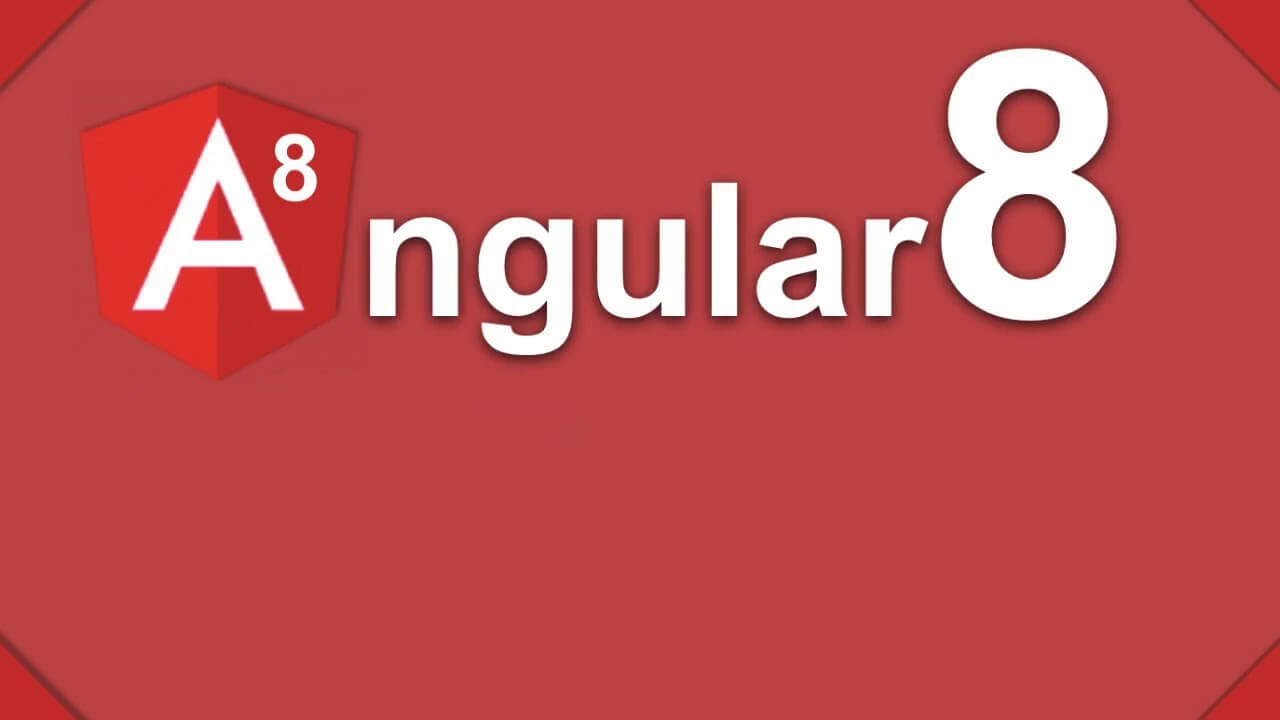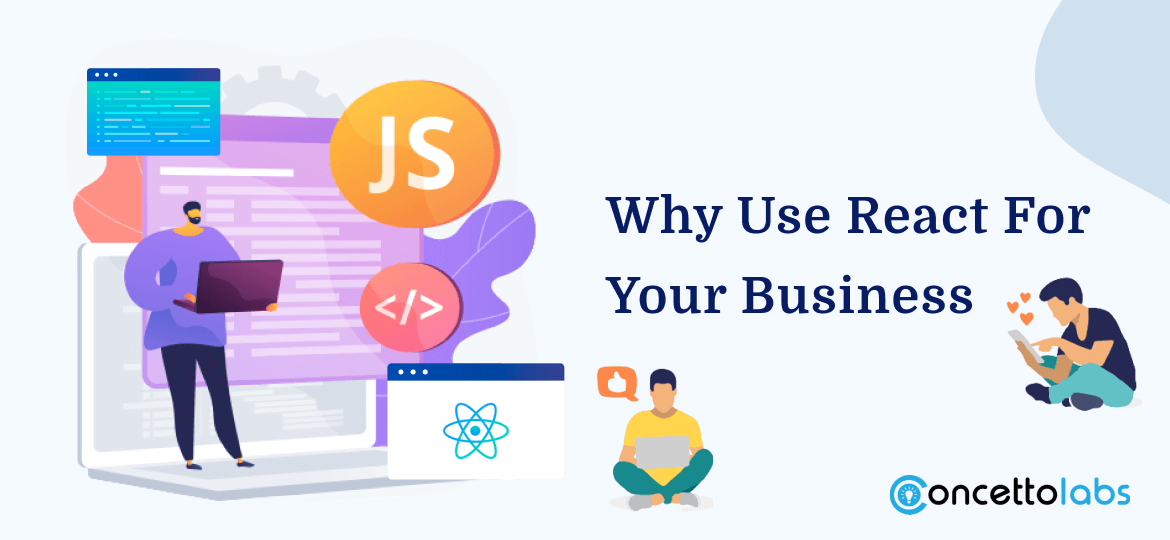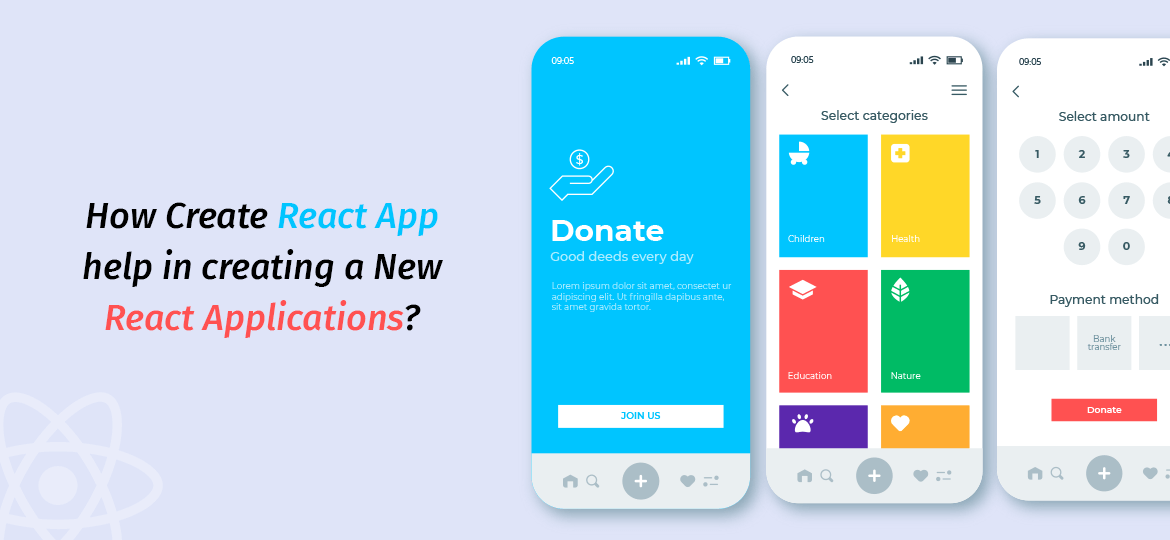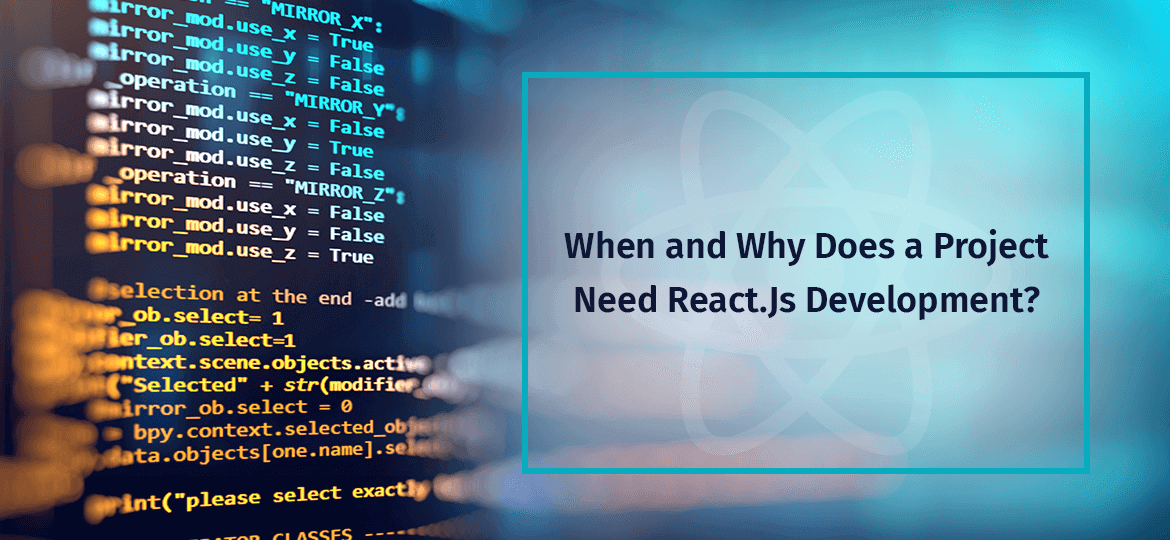
There has been a lot of buzz about the release of Angular 8.0 and its Ivy Renderer across the internet. But the final release date is not yet out and so the three E’s (Excitement, Exclusivity & Experiment) still hit the bar high.
But as the beta versions have been out, a sneak-top of the fate of features of Angular 8.0 and briefing of Ivy rendering has been done by the angular developers around the globe. Let us have a look at them.
A friend in disguise – Ivy Render
The Angular group gave heads up about how they are intending to redo the Angular renderer into something that would make applications littler, quicker, and less complex. This, without requiring angular designers to refresh anything at their end – means that it will be compatible with all the angular apps that are presented live. What a great relief!
The Ivy activity is conveying a new-age progression to the procedure that converts templates into browser renders. Ivy should diminish the span of bundles, in turn allowing angular developers to pay only for the code they are really utilizing.
Over it, Ivy render will improve the overall performance of the apps by making it feasible to stack rapidly on moderate connections as well. Additionally, the applications would change into something that is less complex to comprehend & easy to debug even after the upgradation that takes place in the future.
On a very basic level, three perspectives are engaged for Ivy:
- The code produced by the Angular compiler is currently a lot simpler for people to logically understand it.
- Revamp times are fundamentally quicker.
- The bundle sizes will be reduced.
- Simplified interface & faster debugging.
The Ivy render configuration guarantees reliable outcomes, a quicker interface, and smoother advancement while satisfying the above-mentioned standards.
The two main concepts of Ivy Render:
- Local: To recompile just the parts that have been changed resulting in a quicker compilation.
- Tree Shakable: To evacuate the unused code so only the user code is taken into consideration. Thus, resulting in quicker runtime & smaller bundle size.
Additional features of Angular 8.0
Optimized web-worker bundling
By parallelizability of the app, web workers enhance the speed of the angular apps. Angular 8.0 is in this manner adding building backing to CLI for web specialists. This is done to address the basic solicitation from the angular developers.
Opt-in usage sharing
To keep their endeavors in arrangement with the network’s needs, Angular 8.0 will include opt-in CLI. With this, Angular 8.0 will begin gathering unknown information like directions utilized to develop an app, speed, etc. only if you enable them to do so.
This data will assist them in knowing how angular designers utilize Angular 8.0, so they can improve it in the future.
Updating dependent tools
Not surprisingly, they are updating or refreshing every one of the conditions, for example, Node & RxJS TypeScript in order to keep it coordinated with the framework.
Backward compatibility for released apps

With Angular 8, the upgradation of huge applications will be more straightforward as they are including backward compatibility mode.
It will make it simpler for the groups to move to Angular by permitting languid stacking of AngularJS applications with different APIs.
A lot more shall be out once they release angular 8.0 along with Ivy. At Concetto Labs, we have a highly experienced team of angular developers and they are pretty much sure that this release will take angular web development to the next level.
Meanwhile, you can hire Angular developer for any of your ideas you wish to change into reality. We have full-time, part-time professional angular developers available at your service. We also provide custom web development services at the most affordable rates.
Drop your queries in the comments section or feel free to reach out to us!
How Much Does It Cost To Build On-Demand Telemedicine App Development?







 Indonesia
Indonesia
 Botswana
Botswana
 USA
USA
 Italy
Italy
 Panama
Panama




 USA
USA UK
UK Saudi Arabia
Saudi Arabia Norway
Norway India
India Australia
Australia